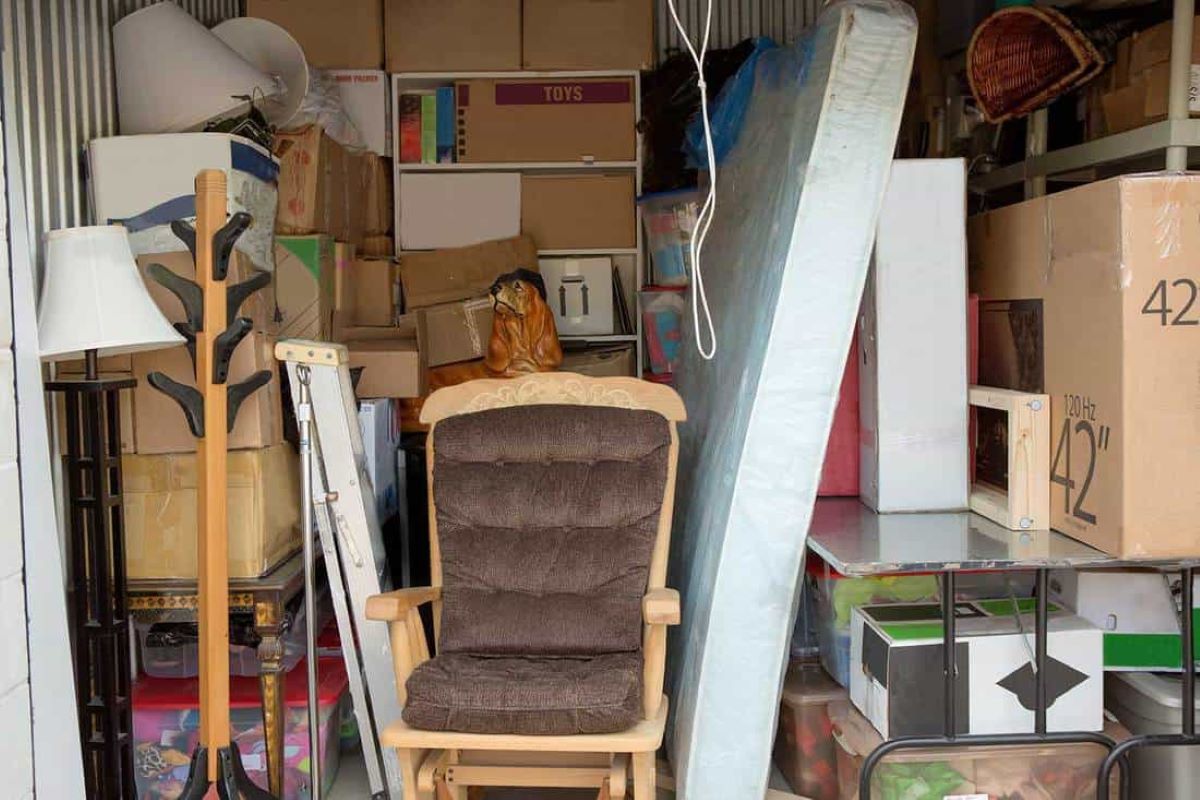

Articles
How To Store A Mattress In A Storage Unit
Modified: December 7, 2023
Learn the best method for storing a mattress in a storage unit with our informative articles. Safely store your mattress and maximize space.
(Many of the links in this article redirect to a specific reviewed product. Your purchase of these products through affiliate links helps to generate commission for Storables.com, at no extra cost. Learn more)
Introduction
When it comes to storing valuable items, we often think of electronic devices, furniture, and sentimental keepsakes. But what about that trusty mattress that has been providing us with a good night’s sleep for years? Whether you’re moving, downsizing, or just need some extra space, knowing how to properly store a mattress in a storage unit is essential to keeping it in pristine condition.
A mattress is an investment, and it’s worth taking the time and effort to store it correctly to extend its lifespan and maintain its quality. Improper storage can lead to damage, such as stains, odors, mold, and even the loss of shape and comfort. By following the right steps, you can ensure that your mattress stays clean, protected, and ready for use whenever you need it.
In this article, we’ll guide you through the process of storing a mattress in a storage unit, from preparing the mattress to securing the unit. By following these steps, you can have peace of mind knowing that your mattress is in safe hands and will be in excellent condition when you need it again.
Key Takeaways:
- Properly storing a mattress in a storage unit involves steps such as cleaning, choosing the right unit, disassembling the bed frame, and protecting the mattress with a cover. These measures ensure the mattress remains clean, protected, and in optimal condition during storage.
- Regularly checking on the mattress while in storage is crucial to catch any potential issues early on and preserve its quality. By following these steps diligently, you can protect and preserve your mattress, ensuring its longevity and maintaining its comfort for years to come.
Read more: How To Store A Mattress In A Storage Unit
Step 1: Clean and Prepare the Mattress
Before storing your mattress, it’s crucial to clean and prepare it properly. Over time, mattresses can accumulate dust, dirt, and even stains. By cleaning it thoroughly, you’ll prevent any unwanted dirt or debris from causing damage during storage.
Start by vacuuming the mattress to remove any loose dirt and dust. Use a brush attachment to reach into the crevices and seams. This will help eliminate any allergens and pests that might be residing in your mattress.
Next, check for any stains or spills. If you notice any, treat them with a mild detergent or upholstery cleaner. Gently blot the stained area instead of rubbing it, as rubbing can spread the stain and damage the fabric. Allow it to dry completely before proceeding.
After cleaning, it’s essential to protect the mattress from any potential moisture or humidity in the storage unit. Moisture can lead to mold growth and musty odors. To prevent this, ensure that the mattress is completely dry before storing it.
You can place a moisture-absorbing product like silica gel or baking soda on the mattress to absorb any excess moisture. These products will help maintain a dry environment and keep your mattress fresh during storage.
Once your mattress is clean and dry, it’s time to move on to the next step: choosing the right storage unit.
Step 2: Choose the Right Storage Unit
When it comes to storing your mattress, selecting the right storage unit is crucial for its protection. Here are a few factors to consider when choosing a storage unit:
- Climate Control: Opt for a storage unit with climate control. Extreme temperatures, humidity, and fluctuations can affect the quality of your mattress. Climate-controlled units maintain a consistent temperature and humidity level, providing an ideal environment for storing sensitive items like mattresses.
- Size: Ensure the storage unit is big enough to accommodate your mattress. Measure the dimensions of your mattress beforehand to determine the appropriate size. Leave enough space around the mattress to allow for proper ventilation.
- Cleanliness: Prioritize cleanliness when choosing a storage unit. Look for a facility that maintains cleanliness standards to minimize the risk of pests, dirt, and allergens.
- Security: Ensure the storage facility has adequate security measures in place, such as surveillance cameras, secure access codes, and onsite staff. This will give you peace of mind knowing that your mattress is in a safe and secure environment.
- Accessibility: Consider how often you’ll need to access your mattress. Choose a storage unit that offers convenient access hours and easy accessibility to reduce any inconvenience.
By considering these factors, you can select a storage unit that provides optimal conditions for storing your mattress and ensures its safety and longevity.
Now that you’ve chosen the right storage unit, let’s move on to the next step: disassembling the bed frame (if applicable).
Step 3: Disassemble the Bed Frame (If Applicable)
If your mattress is accompanied by a bed frame, it’s important to disassemble it before storing. Disassembling the bed frame will make it easier to transport and store both the mattress and the frame separately. Here’s how you can do it:
- Remove the mattress: Begin by removing the mattress from the bed frame and place it aside on a clean, flat surface.
- Take photos or make notes: Before disassembling the bed frame, take photos or make notes of how it is assembled. This will help you in reassembling it correctly when you retrieve the mattress from storage.
- Remove the mattress support: If your bed frame has a mattress support system such as slats or a foundation, carefully remove them one by one. Keep them organized and label each piece for easy reassembly later.
- Take apart the frame: Now, disassemble the bed frame itself. Start by loosening and removing any screws or bolts using the appropriate tools. Keep the hardware safely in a labeled bag or container, ensuring that it doesn’t get lost.
- Wrap the bed frame components: Once disassembled, wrap the bed frame components securely with bubble wrap or moving blankets. This will protect them from scratches, dents, or any other damage during transportation and storage.
By disassembling the bed frame, you not only make it easier to store but also minimize the risk of any damage occurring to the frame or mattress during storage. Remember to keep all the hardware in a safe place, so it’s readily available when it’s time to reassemble.
Now that you’ve disassembled the bed frame, let’s move on to the next step: protecting the mattress with a cover.
Step 4: Protect the Mattress with a Cover
Protecting your mattress with a cover is essential to keep it clean and shielded from dust, dirt, and potential damage while in storage. Follow these steps to properly cover your mattress:
- Choose a high-quality cover: Invest in a mattress cover specifically designed for storage. Look for a cover made of durable and breathable material, such as plastic or fabric, that will provide a barrier against dust, moisture, and pests.
- Clean the cover: Before using the cover, make sure it’s clean and free of any dirt or debris. If necessary, give it a gentle wipe or wash according to the manufacturer’s instructions and allow it to dry completely.
- Place the mattress in the center: Lay the cover flat on the ground and position the mattress in the center of the cover. Ensure that the mattress is aligned properly, with equal amounts of cover on each side.
- Seal the cover: Once the mattress is centered, carefully fold the cover over the mattress, covering it completely. If the cover has a zipper or closure mechanism, seal it shut tightly to prevent any dust or pests from entering.
- Tightly secure the cover: Use tape or straps to secure the cover tightly around the mattress. This will prevent it from slipping off or becoming loose during transportation and storage.
By covering your mattress, you create a protective barrier that safeguards it from external elements and ensures its cleanliness. It also adds an extra layer of protection against moisture and dust, keeping your mattress in optimal condition until you’re ready to use it again.
Now that you’ve protected your mattress with a cover, let’s move on to the next step: placing the mattress in the storage unit.
When storing a mattress in a storage unit, make sure to clean and dry it thoroughly before wrapping it in a mattress bag to protect it from dust and pests. Store it flat to maintain its shape and avoid placing heavy items on top.
Read more: How To Store An Extra Mattress
Step 5: Place the Mattress in the Storage Unit
Now that you have prepared and protected your mattress, it’s time to carefully place it in the storage unit. Follow these steps to ensure a safe and secure placement:
- Clear a path: Before moving the mattress, clear any obstacles or clutter in the storage unit to create a clear path to the desired location. This will make it easier to maneuver and position the mattress.
- Use a dolly or assistance: If your mattress is large or heavy, consider using a dolly or seeking assistance from another person to lift and transport it safely. This will reduce the risk of strain or injury.
- Place the mattress flat: Lay the mattress flat on the floor or on a level surface in the storage unit. Avoid propping it against walls or stacking other items on top of it, as this can cause the mattress to lose its shape.
- Avoid contact with the ground: If possible, elevate the mattress off the ground using pallets, wooden boards, or other sturdy materials. This will prevent moisture seepage and potential damage to the bottom of the mattress.
- Leave space between items: When positioning the mattress in the storage unit, make sure to leave sufficient space between it and other items. This allows proper air circulation and prevents any pressure or damage caused by items leaning against the mattress.
Take your time to position the mattress properly in the storage unit. Remember, a well-placed mattress is less prone to damage and maintains its integrity over time. Once the mattress is securely placed, you can move on to the next step: properly positioning and stacking other items.
Step 6: Properly Position and Stack Other Items
In addition to your mattress, you may have other items that you plan to store in the same storage unit. To ensure the safety of all your belongings, it’s essential to properly position and stack them. Here’s how you can do it:
- Organize and categorize: Group similar items together and organize them by category. This will make it easier to access specific items when you need them and prevent any unnecessary shifting or movement of stacked items.
- Place heavier items first: Start by placing heavier and bulkier items at the bottom of the storage unit. This provides a solid foundation and prevents lighter items from getting crushed or damaged.
- Distribute weight evenly: As you stack items, distribute the weight evenly across the storage unit. Avoid placing too much weight on one side or corner, as this can lead to imbalance and potential damage to the items below.
- Avoid stacking too high: While it may be tempting to maximize vertical space, avoid stacking items too high. This can make it difficult to access items at the bottom and increase the risk of items toppling over.
- Use protective padding: For fragile or delicate items, use protective padding such as bubble wrap or blankets to cushion them from potential damage. This is especially important when stacking items on top of each other.
- Secure the stack: To prevent items from shifting or falling, use straps or bungee cords to secure the stack. This adds an extra layer of stability and protection to your belongings.
By properly positioning and stacking your items, including your mattress, you can maximize space, ensure the safety of your belongings, and make it easier to retrieve specific items when needed.
Now that you’ve properly positioned and stacked the other items in the storage unit, it’s time to move on to the next step: securing the storage unit.
Step 7: Secure the Storage Unit
Once you have successfully placed your mattress and other items in the storage unit, it’s crucial to secure the unit to ensure the safety of your belongings. Take the following steps to secure the storage unit:
- Lock the unit: Use a high-quality padlock to secure the storage unit. Choose a lock that is sturdy and tamper-resistant to deter any unauthorized access.
- Ensure proper lighting: If the storage unit is poorly lit, consider adding additional lighting. This will not only provide visibility but also discourage any potential intruders or pests.
- Check for security measures: Verify that the storage facility has adequate security measures in place, such as surveillance cameras, alarms, and onsite staff. This will provide an extra layer of protection for your stored items.
- Keep a record: Create an inventory list of the items stored in the unit. Take photos or make a detailed description of each item to have a record in case of any unforeseen circumstances.
- Inform trusted individuals: If necessary, inform trusted individuals, such as family members or friends, about the storage unit and provide them with access information. This can be helpful in emergency situations or if you need someone to check on your belongings.
By following these security measures, you can have peace of mind knowing that your mattress and other stored items are safe and protected. Regularly check on the security of the storage unit and update any access information as needed.
Now that you have secured the storage unit, the final step is to regularly check on the mattress to ensure its condition while in storage.
Step 8: Check on the Mattress Regularly
While your mattress is safely stored in a storage unit, it’s important to periodically check on its condition to ensure that it remains in good shape. By following these steps, you can keep an eye on the mattress and address any potential issues in a timely manner:
- Set a schedule: Establish a regular schedule to visit the storage unit and check on your mattress. Depending on your needs, this can be monthly, quarterly, or biannually.
- Inspect for signs of damage: Carefully examine the mattress for any signs of damage, such as stains, mold, or pests. If you notice any issues, take immediate action to prevent further damage.
- Reposition if necessary: Over time, slight shifting of items may occur within the storage unit. If you notice the mattress has shifted or fallen out of place, reposition it properly to avoid any potential damage.
- Ensure proper ventilation: Check that the storage unit has adequate ventilation to prevent the build-up of condensation or trapped moisture, which can lead to mold or mildew growth.
- Address any issues promptly: If you notice any problems with the mattress, such as odors or discoloration, take immediate action. Consult professionals or follow appropriate cleaning and maintenance procedures to resolve the issue.
By regularly checking on the mattress, you can catch any potential issues early on and take necessary steps to preserve its quality. This proactive approach will help ensure that your mattress remains in excellent condition throughout its time in storage.
With these eight steps, you are now equipped with the knowledge and guidance to properly store your mattress in a storage unit. By following these steps diligently, you can protect and preserve your mattress, ensuring its longevity and maintaining its comfort for years to come.
Remember to always consult the specific guidelines provided by your mattress manufacturer and the storage facility to ensure proper care and storage techniques. Happy storing!
Read more: How To Store A Purple Mattress
Conclusion
Storing a mattress in a storage unit requires careful preparation, organization, and attention to detail. By following the steps outlined in this guide, you can ensure that your mattress remains clean, protected, and in optimal condition while in storage.
From cleaning and preparing the mattress to choosing the right storage unit, disassembling the bed frame, and protecting the mattress with a cover, each step plays a crucial role in maintaining the integrity of your mattress. Properly positioning and stacking other items, securing the storage unit, and regularly checking on the mattress are all important measures to ensure the safety and longevity of your stored belongings.
Remember to consider factors such as climate control, cleanliness, security, and accessibility when selecting a storage unit. Invest in high-quality covers, use proper lifting techniques, and distribute weight evenly to prevent any damage to your mattress or other items. Regularly inspect the mattress for signs of damage and promptly address any issues that arise.
By taking these steps, you can have peace of mind knowing that your mattress will be well-preserved throughout its time in storage. When the time comes to retrieve your mattress, you’ll be met with a clean, fresh, and comfortable surface to continue enjoying a good night’s sleep.
Proper storage practices extend the lifespan of your mattress, protecting your investment and ensuring that you can continue to enjoy its benefits for years to come. So, take the necessary precautions, follow the steps outlined in this guide, and store your mattress with care. Your future self will thank you for it.
Frequently Asked Questions about How To Store A Mattress In A Storage Unit
Was this page helpful?
At Storables.com, we guarantee accurate and reliable information. Our content, validated by Expert Board Contributors, is crafted following stringent Editorial Policies. We're committed to providing you with well-researched, expert-backed insights for all your informational needs.
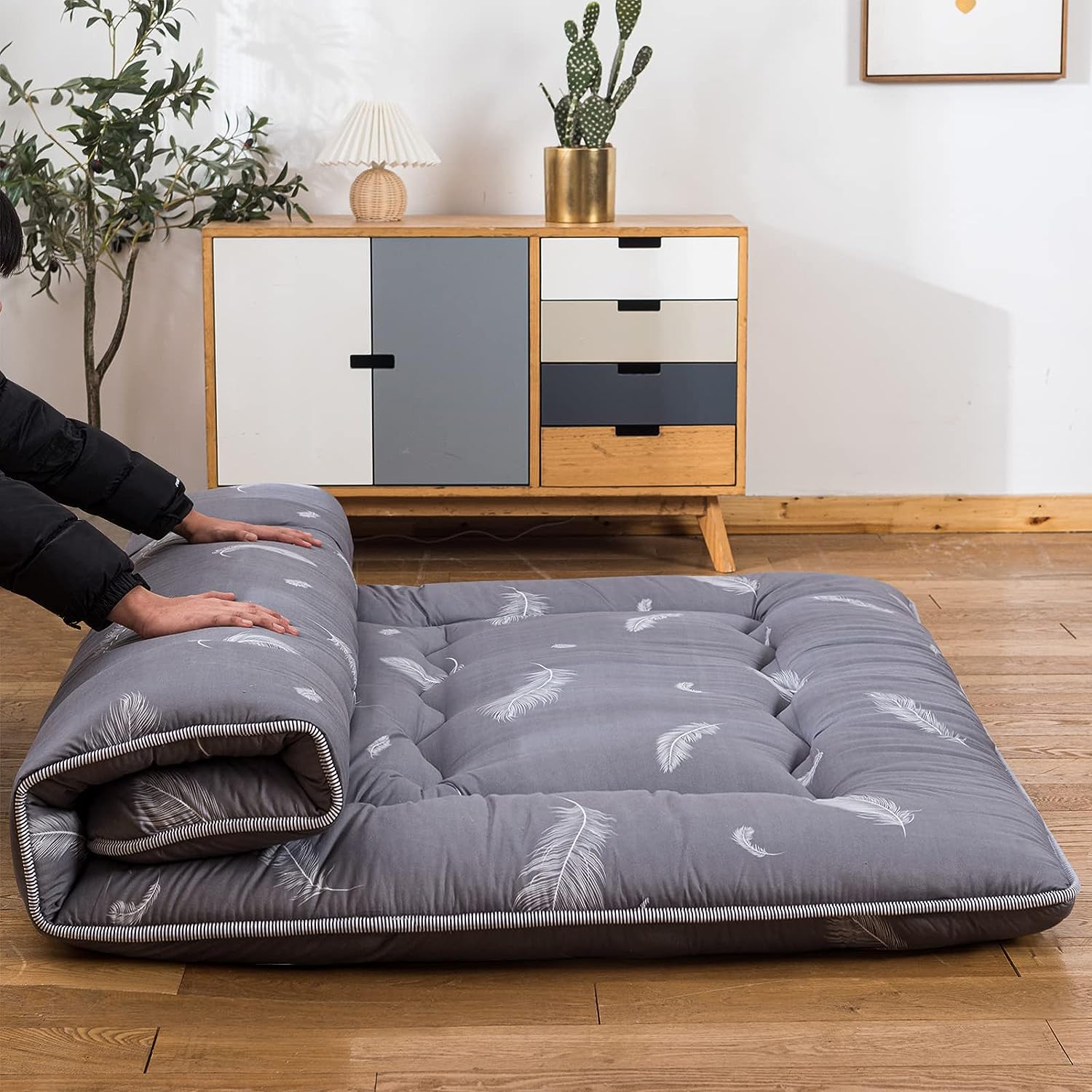
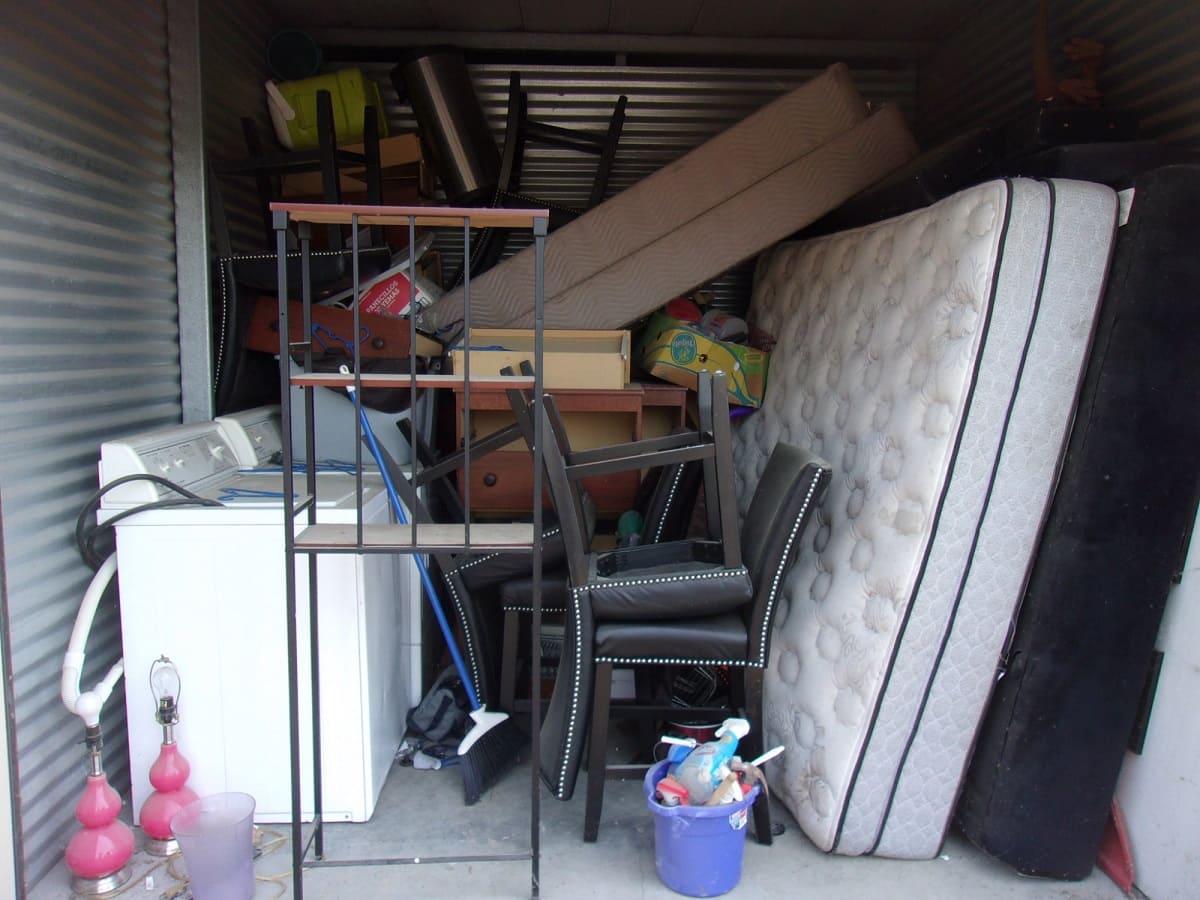
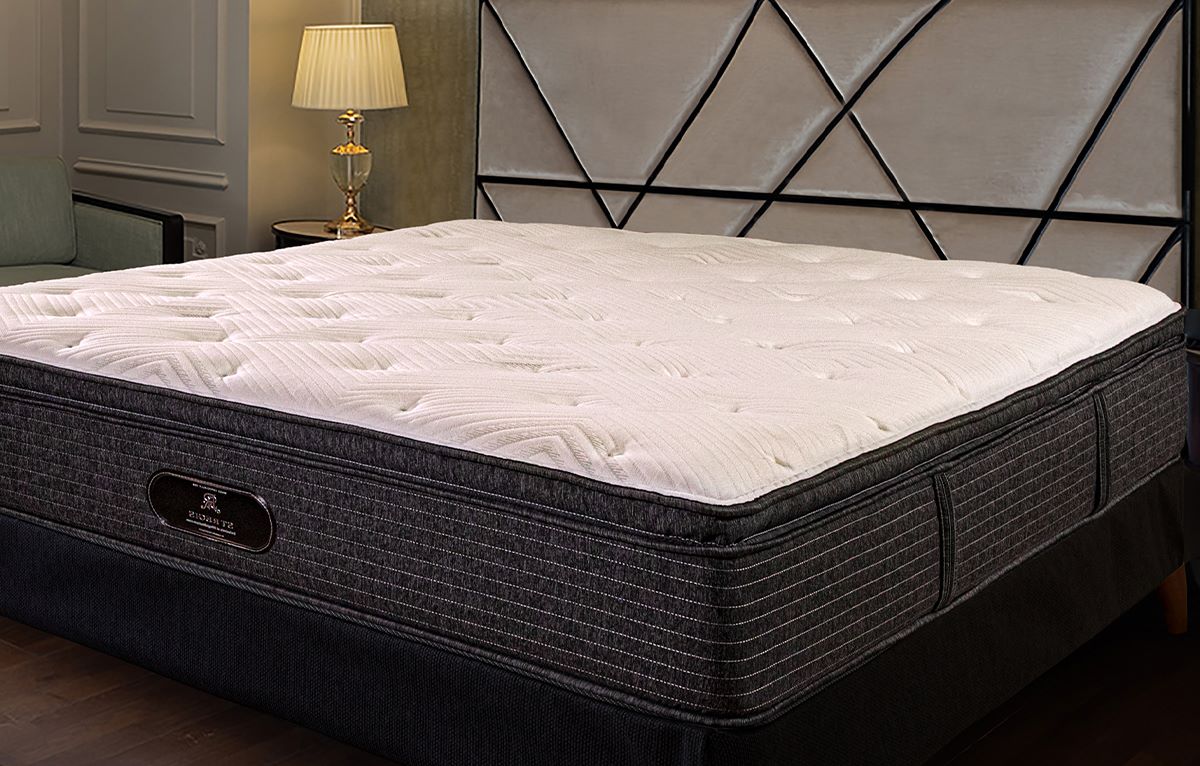
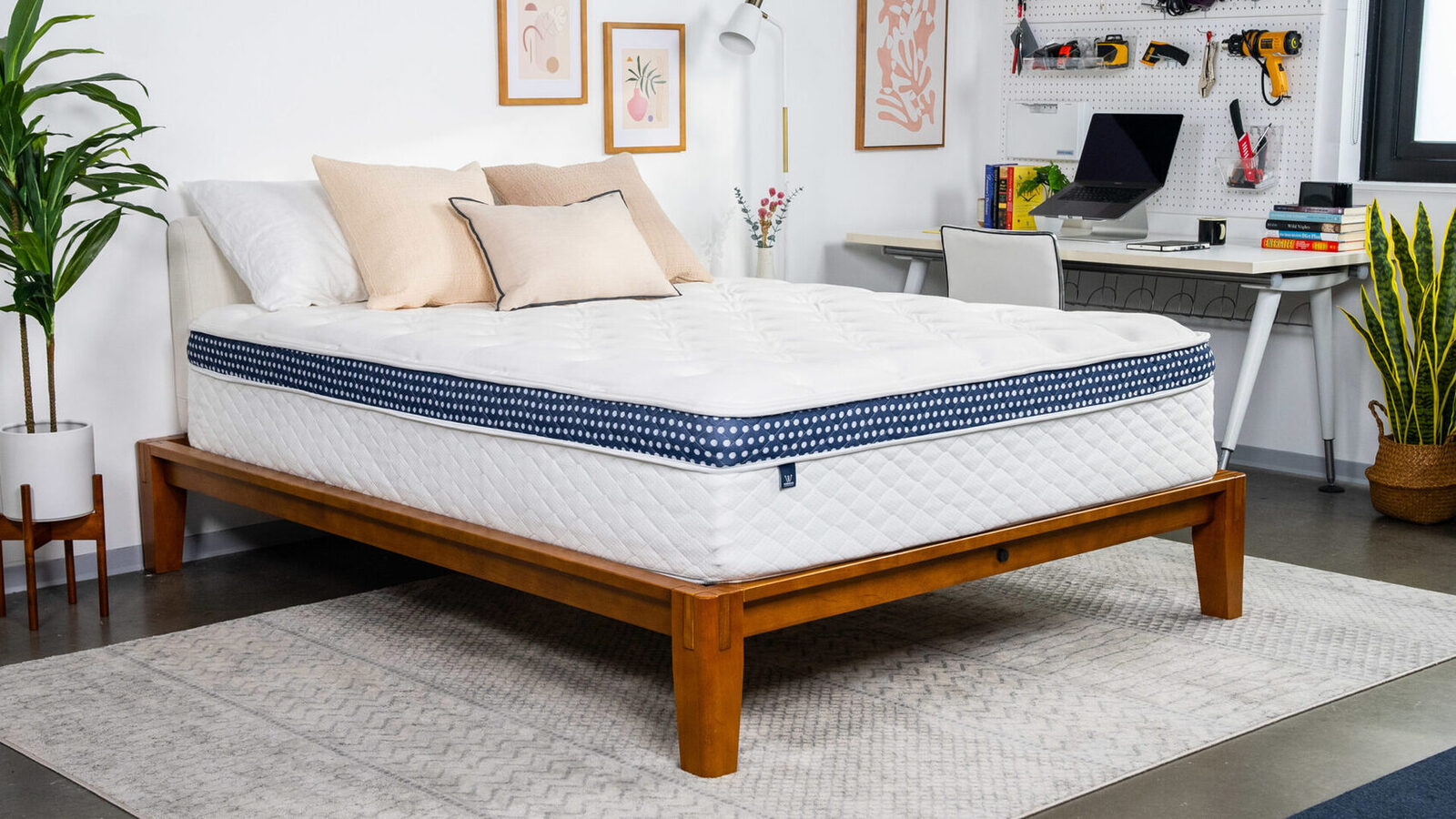
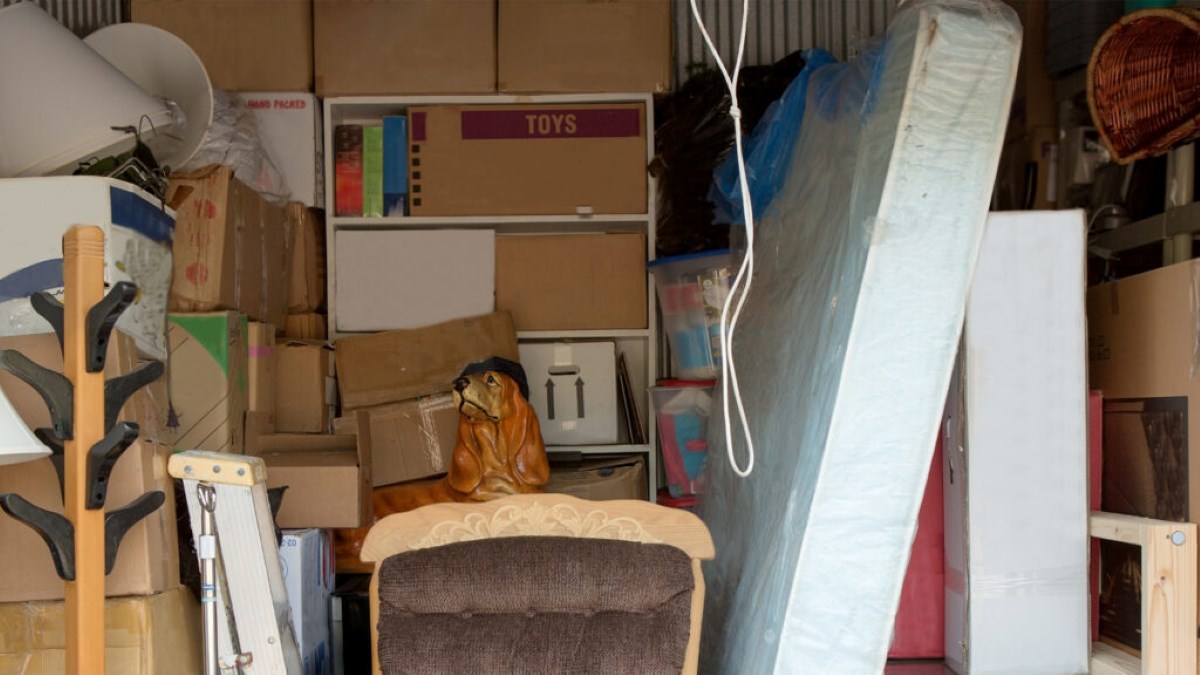
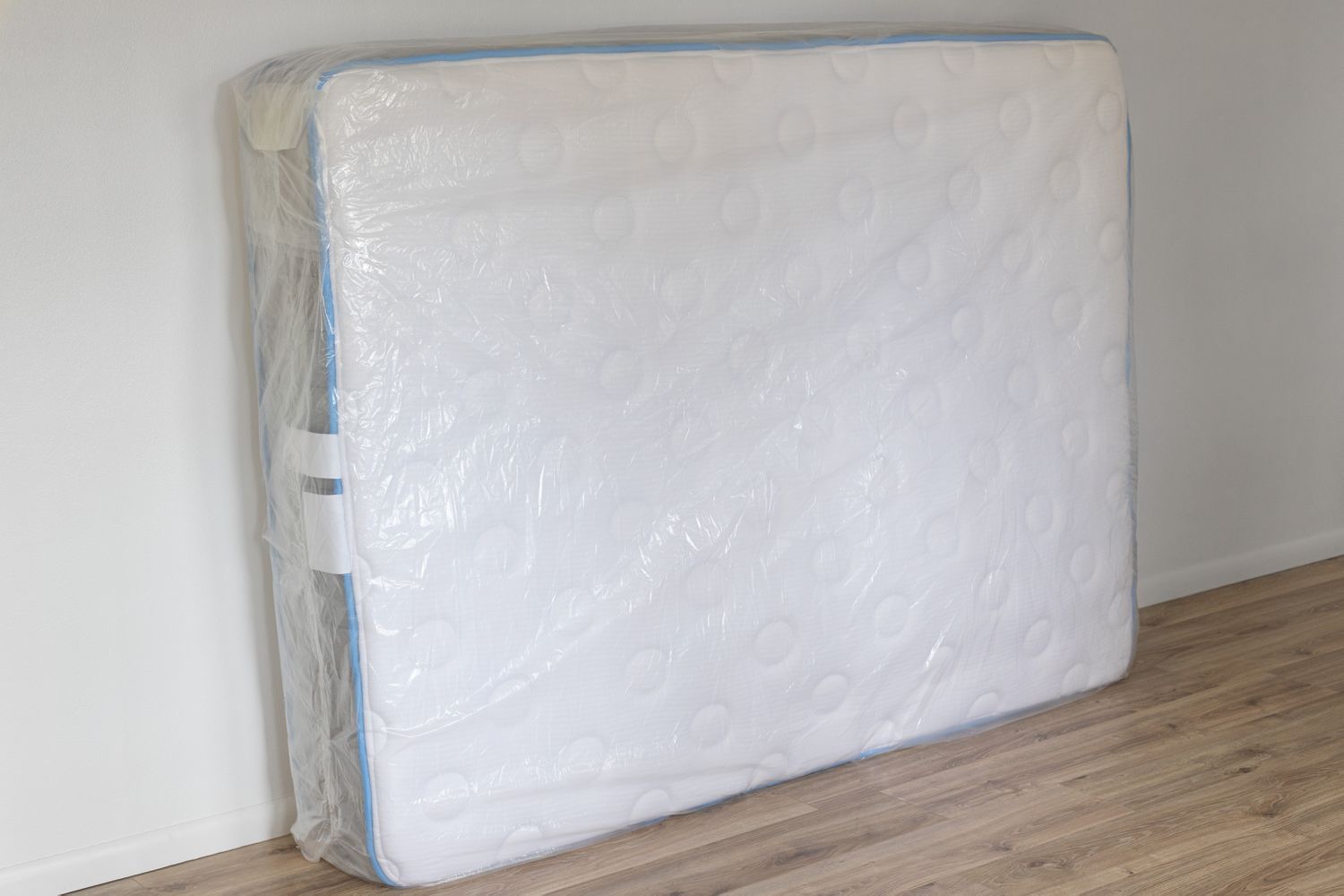

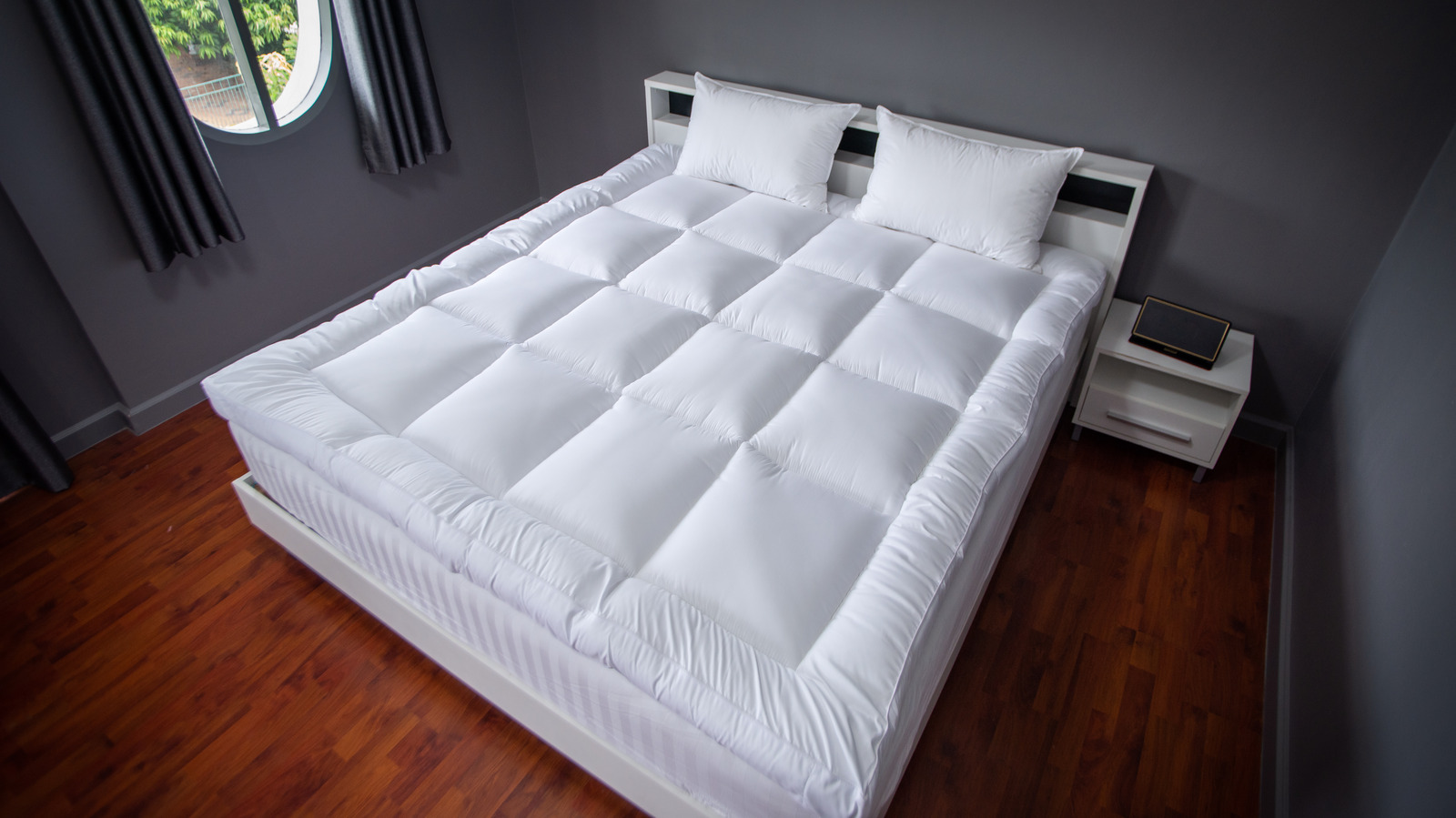
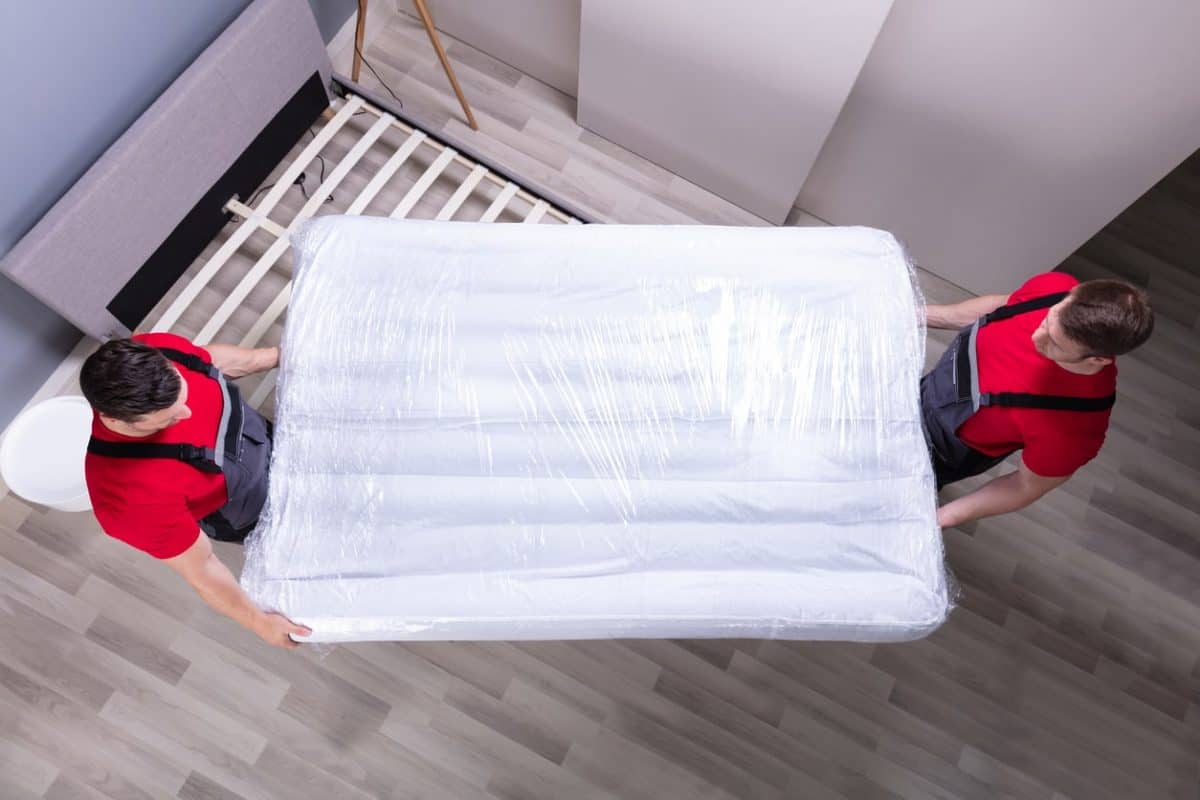
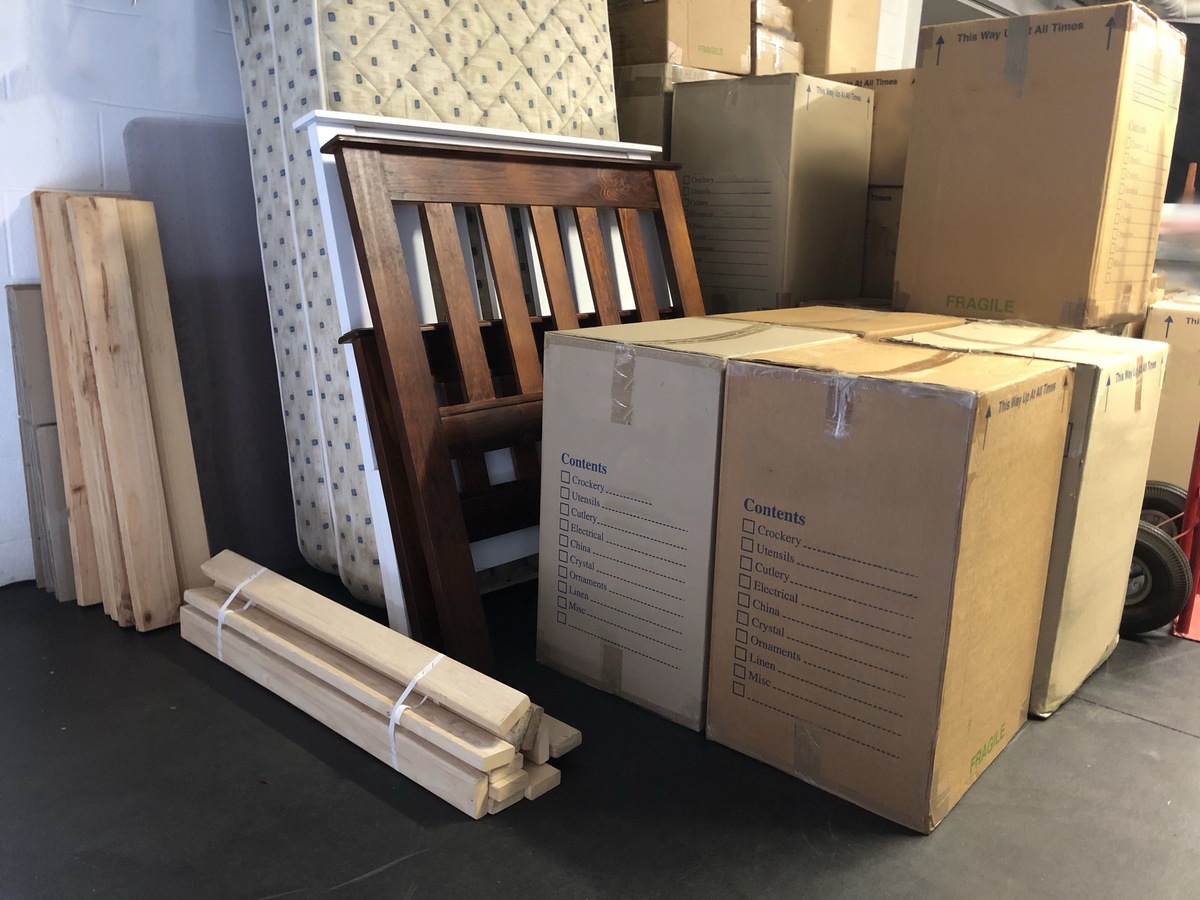
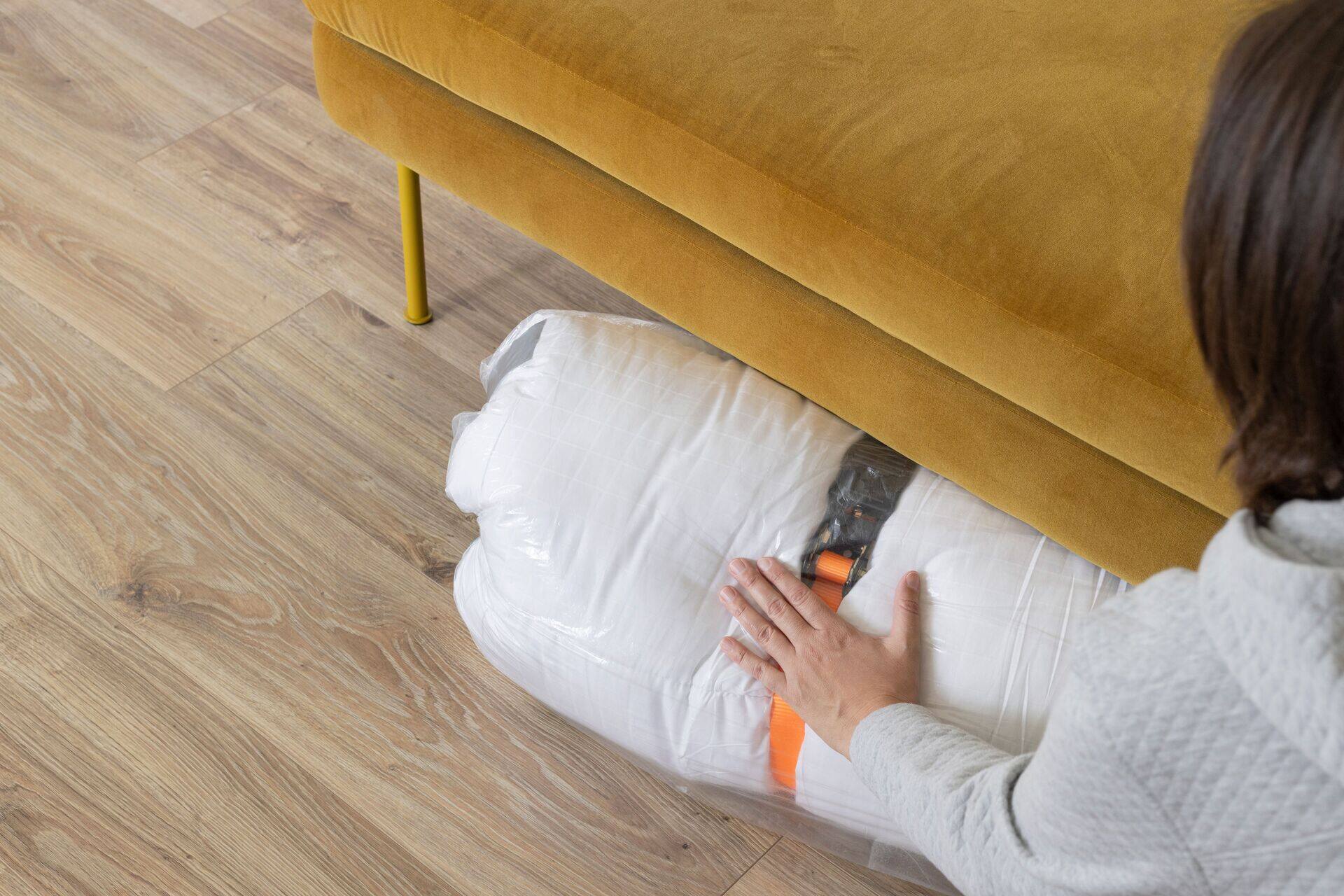
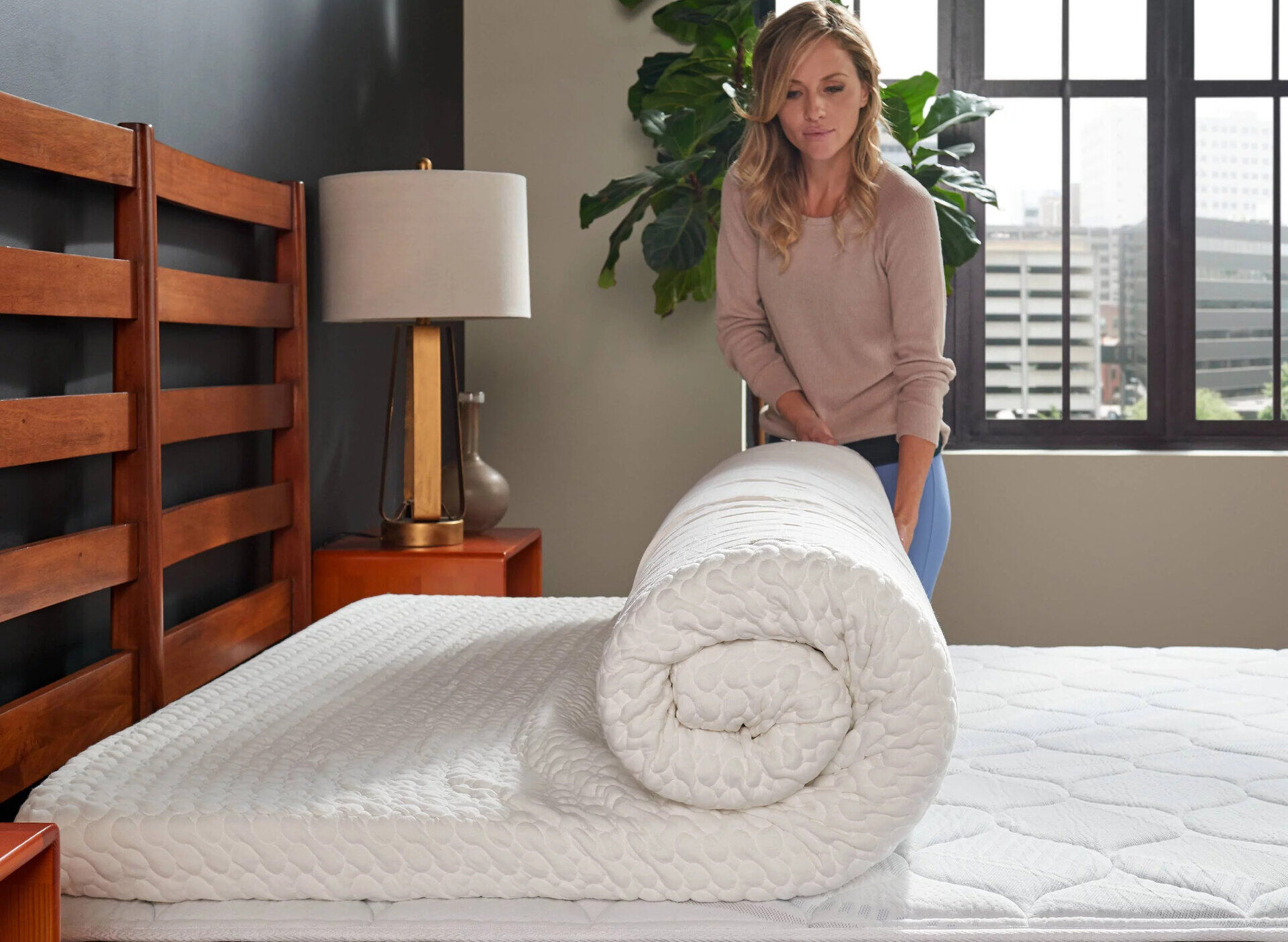
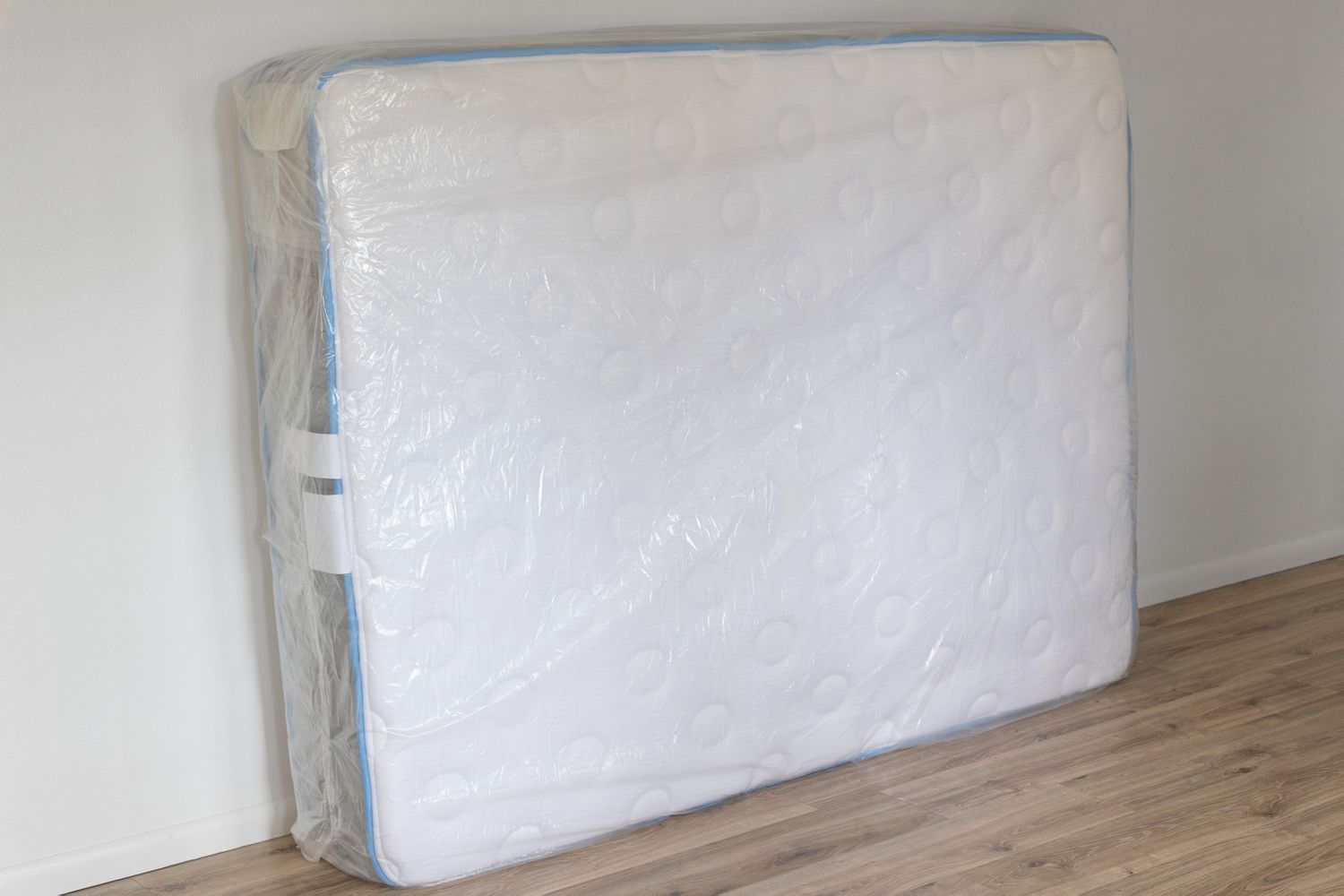

0 thoughts on “How To Store A Mattress In A Storage Unit”